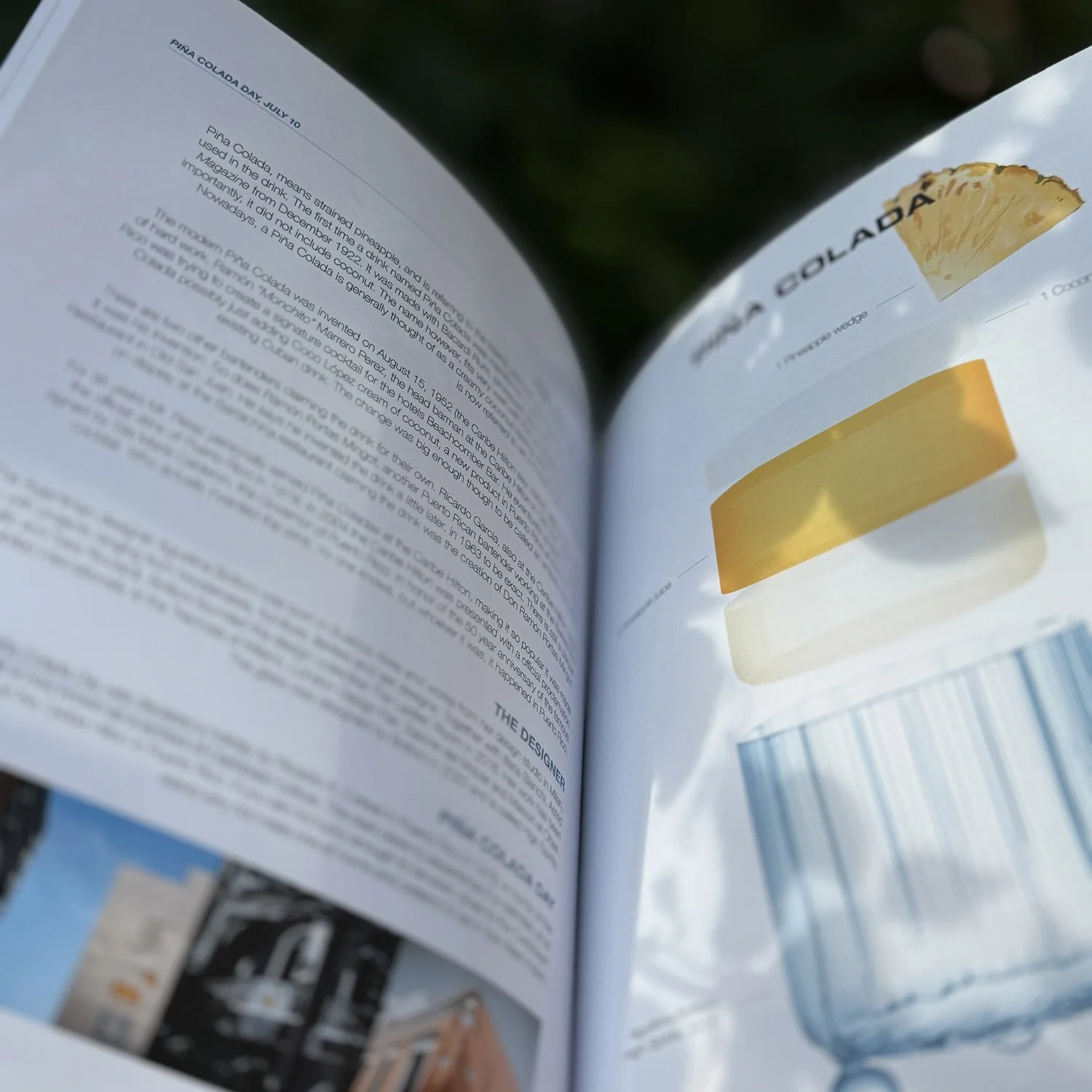The Long Island Iced Tea hasn’t got anything in common with Iced Tea, it does however seem to have a lot to do with Long Island either Long Island, New York or Long Island, Tennessee.
In 1972, a bartender called Robert "Rosebud" Butt, working at the Oak Beach Inn on Long Island, New York entered a competition to create a new cocktail requiring the use of triple sec. The result, the Long Island Iced Tea, didn’t actually feature that much triple sec but it did contain loads of liquor. Some say that this blend of equal measures of vodka, gin, rum, tequila, triple sec, lemon juice, sugar syrup and cola has the taste of a hangover but the fact is that it is oddly well put together.
This is the most widely accepted origin story but there is at least one other often told claim. According to this, the drink was invented in the 1920s in Long Island, Kingsport, Tennessee by “Old Man Bishop”. This Prohibition era version was made with whiskey, rum, vodka, tequila, gin and maple syrup. During the 1940s Mr Bishop’s son Ransom Bishop added lemon and lime juice and a splash of cola to the drink. During Prohibition it was common for bar owners to mask the drinks by trying to make them look inconspicuous for example like an innocent glass of iced tea.
Interestingly the state of Tennessee had enacted their first prohibition laws as early as 1838 so bar owners were probably used to dealing with bootleggers in the 1920s. Especially in the eastern parts of the state, like Kingsport, where law enforcement officers were often in conflict with bootleggers and moonshiners. That said, it would have been very difficult to make a drink with five different types of liquor when spirits were already hard to come by, even with good contacts within the bootlegging world. Paired with the fact that vodka wasn’t widely used in the US until the 1940s, it isn’t very likely that the Long Island Iced Tea is native to Tennessee after all. Besides the drink wasn’t featured in print until the 1970s.
Regardless of its reputation of being a drink ordered solely for its alcohol content the Long Island Iced Tea became immensely popular during the 1980s and remains so to this day.
THE DESIGNER
The glass, called Crystal Edge, was designed by Japanese glass designer Kenji Matsuura for Sugahara Glassworks in 2014.
























































































































